What a difference a year makes. Once again we’ve seen some monumental shifts and changes in the 3D printing landscape for desktop 3D printers. At the low-end competition has been murderous with many players forced from the market. In the midrange and higher-end systems, we see more sophistication and refinement. Many vendors are improving their systems to cater to users in reliability and usability here. Compared to only a few years ago, 3D printing is becoming much more accessible and cost-effective to do. In higher-end systems, we are getting easy to use systems that are accurate and reliable. 3D printing is still not simple, but it is getting much better for you, the user.
We created this guide to be a resource for you. We hope that we can help you find some systems that are worth considering at every price point.
The desktop 3D printing market consists of low-cost desktop 3D printers for around $500, midrange systems for approximately $1,000 and Pro systems for above $2,500.
Low-Cost Desktop 3D Printers
In low-cost systems, printers barely work or function intermittently. There is often some assembly required and a lot of tweaking to be done. With Tender Loving Care, these printers can work. They’re for those who are budget constrained or want to impulse buy a printer. I’d recommend them to someone who likes to hardware hack and modifies things but not if you’re going to print a lot of stuff. It would be perfect for the mechanical engineering student who has time to invest in improving it.
It’s worth noting that specifically in this segment, paid reviews, and affiliate links are the norm. Due to this, many may have gotten have an overly optimistic view of these printers. Many reviews online contain falsehoods and over claim. Simultaneously some marketing tactics employed by players in this market segment are deplorable. They include behavior such as negatively reviewing each other’s printers. In some cases, companies are claiming that a competitor’s printer has had disastrous failures or fires (additionally, sometimes these things actually catch fire as well). Even for our market, this is very cowboy territory, so buyer beware.
XYZ Printing Da Vinci Nano $221
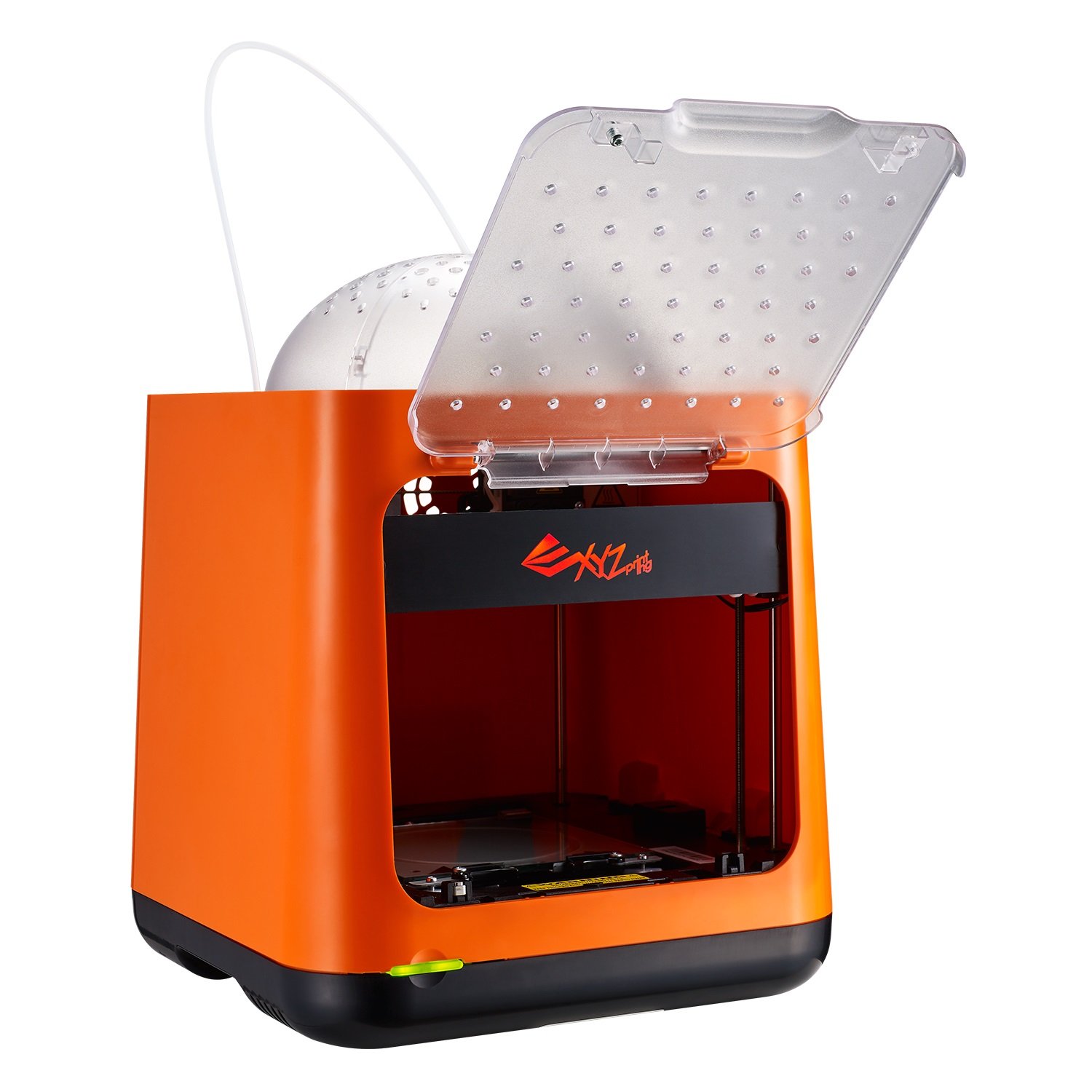
The Da Vinci Nano has a tiny build volume, but this compact printer has an enclosed printer that comes with software and anything you need to get started for $249. Print quality is not stellar, but the ease of use, especially out of the box is good.
Monoprice MP Select Mini Pro (V3) $199
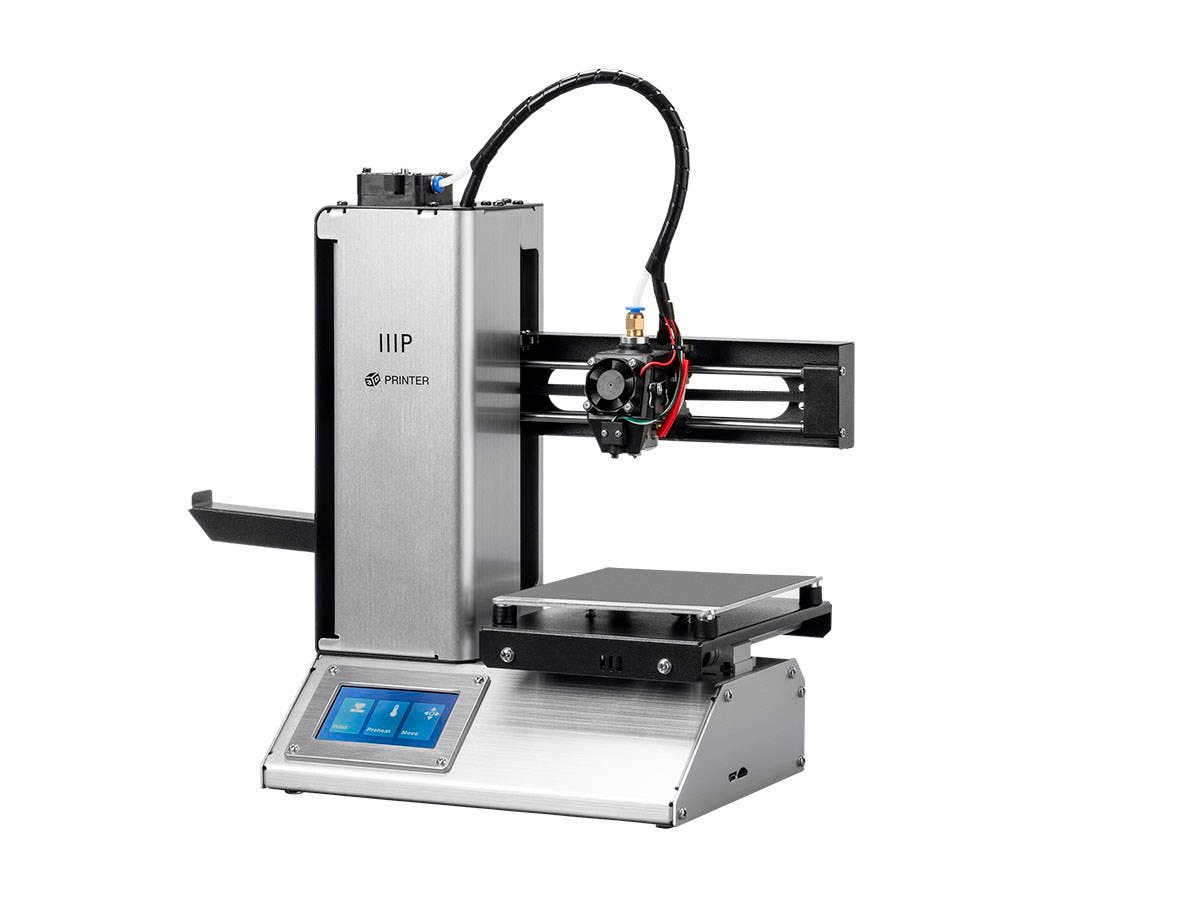
In aluminium, I also think this looks fantastic.
Monoprice is good at improving and rebadging existing printers and selling them at extremely low price points. The previous versions of the Select Mini V3 built up quite a following. This printer engendered a lively Facebook group that helped you support and improve the machine. In some cases, it seems to have gotten out of hand with people spending much more on upgrades than on the base machine. Although there is a lot to be said for sticking to the old V2 version, given how much information is out there on how to hack it, the new V3 irons out a lot of kinks for a low price. Build volumes are small, but this still is a competent printer that’s relatively easy to use.
The Ender is a value-engineered printer with a large build volume that needs tweaking, love, and care. By no means a high-quality experience or part. But, if you do give it that care this can turn out to be a real workhorse for you.
I’ll probably get a lot of flack for this since the previous version had issues with catching fire. Reviewers that I know and trust however have managed to run this one without any hitch for months now. Simple and a lot of bang for your buck, now with an aluminum frame.
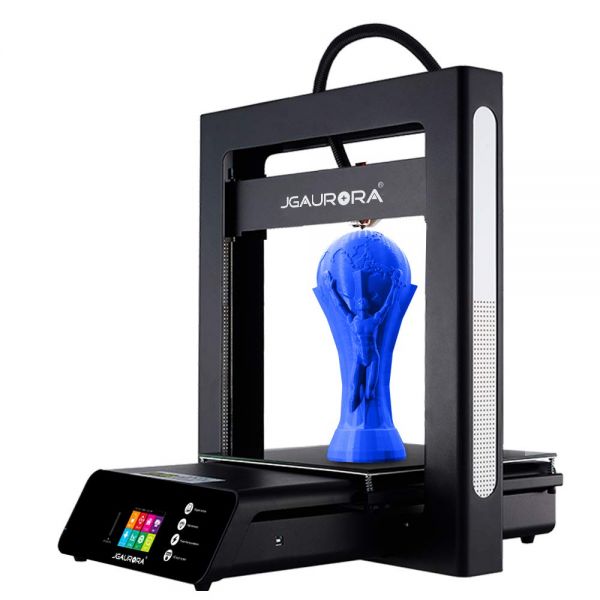
There seem to be some QC issues with the JG Aurora printers but there is a community to help you with that. Some people are ecstatic with them while others complain of assembly and wiring issues. At any other price point, I’d find this difficult to recommend, but the results that selected people have been getting from this machine are stellar.
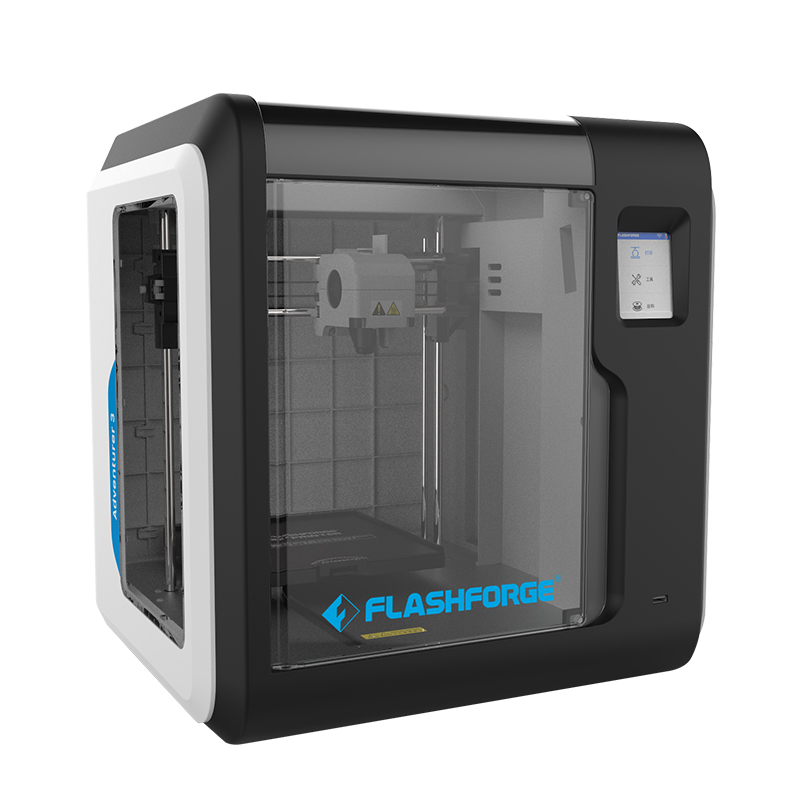
I love this thing. It’s enclosed, relatively well built and for around $400 to $500 is a great buy. Flashforge has been plugging away at making better and better printers for years now, and this one seems a real winner. There is no real community around this printer yet, but it’s worth the extra money to have more ease of use. Heated bed, wifi, filament end detection, cloud printing, simple nozzle removal, it packs a lot of features. The only super annoying thing is that it limits you to using 0.5 Kg rolls of filament which means that you have to spool on a smaller spool interesting filaments.
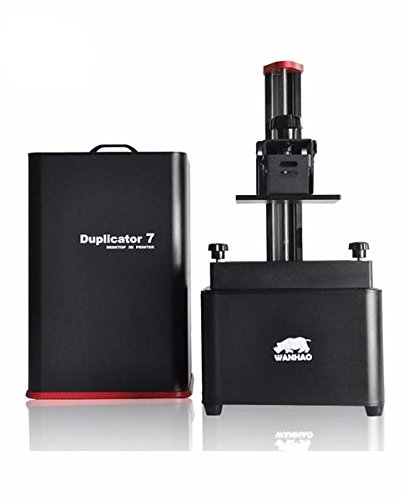
We are seeing a huge expansion in low-cost DLP and SLA systems. Partially due to consumer interest and partly because these systems have few moving parts, these are becoming more available. Better optics and lower cost light sources from LCD, DLP and other sources are also feeding this trend. There is a massive amount of systems out there now. The one with a track record at $500 is the Duplicator. Please be careful with all SLA and DLP resins, but the fine detail will amaze at this price point.
Midrange Desktop 3D Printers
Midrange systems are best for people who want to print parts. They are more reliable than entry-level systems and have components that last longer. With a lot of tweaking, some of these systems provide high-quality parts. Official Prusa i3s, for example, can with correct tweaking make great parts even for manufacturing. We’re seeing better prints in this category and more things such as touchscreens while automated bed leveling is becoming commonplace. In this category, more people are paying attention to the ecosystem, so looking at filaments, settings, and software to enable better prints and better user experience.
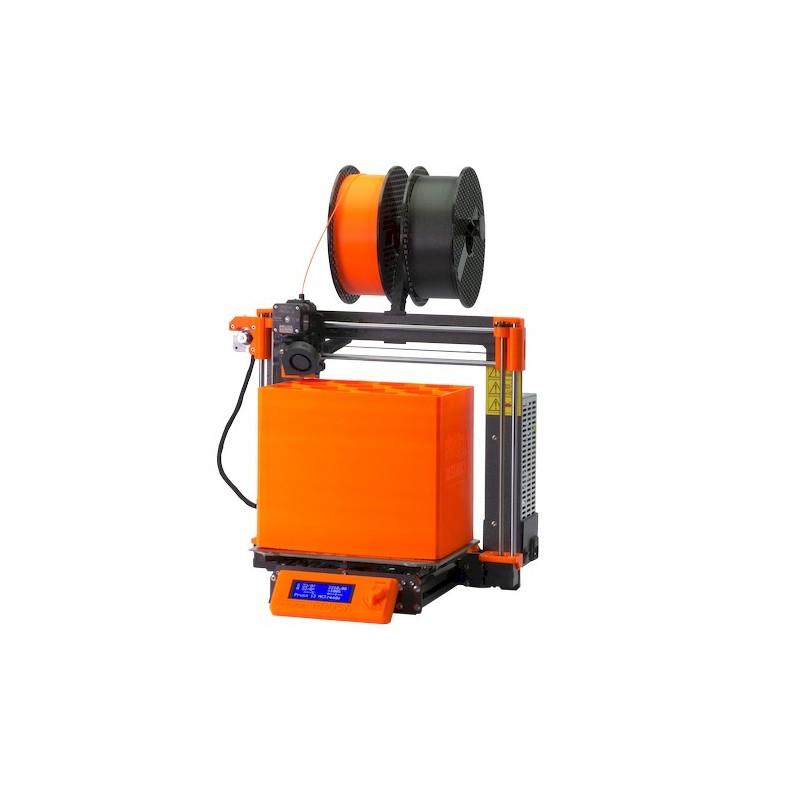
The best just got better. The Original is an amazing assembled 3D printer for $999. If you want a first printer, buy this one. If you want a printer to hack, modify, and improve, buy this one. If you want a motion stage for your bioprinting lab, buy this. Well calibrated Prusa’s make some of the highest quality FDM 3D prints out there. Yes, there is a steep learning curve for a beginner, but this could be your first printer and your last one as well.
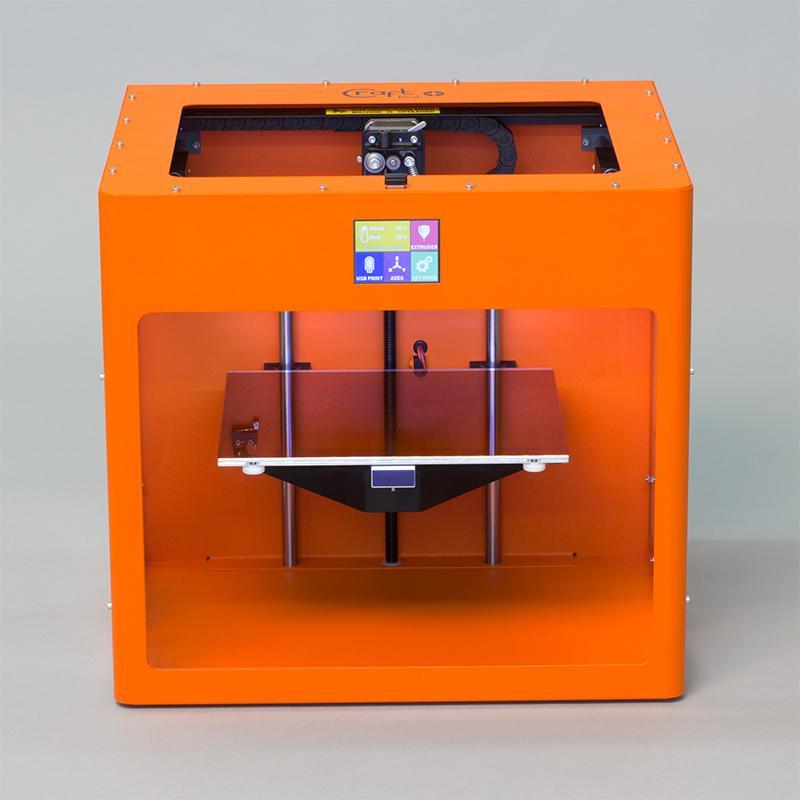
A Craftbot Plus is an excellent printer to buy for around $999 while the Craftbot XL is a large build volume workhorse for $1900. I love what Hungarian firm Craftbot is doing on software, support and most of all on building these reliable fire and forget 3D printers that are a dream to use.
Pro 3D Printers
Pro 3D printers are meant to be used for businesses. Generally, more effort has been put into ease of use, component quality of the hardware, user-friendliness of screens and software as well as print quality. Build volumes and speeds should be higher as should overall performance. These printers now are approaching “printing with a few clicks and some user knowledge,” and hopefully we’ll see more “fire and forget” and less “guess your way to a part” in the future.
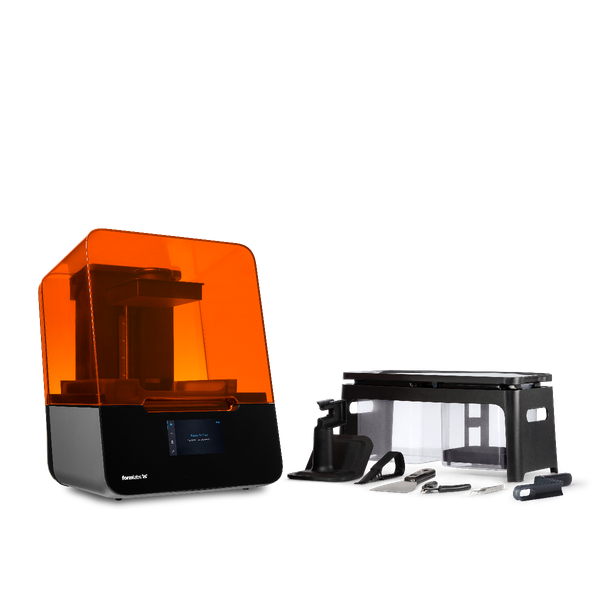
Uniquely, Formlabs has a wholly integrated vision for the desktop from materials to manuals and software. Formlabs top-down ecosystem means that you are constrained to a certain degree. But, in place of this comes an ease of use that other systems simply do not have at all. The Form 3 comes with more refinement in software, sensors, and better screen removal, which should enable more accurate parts with both more extensive and more delicate cross-sections. The Form 3 is new, so it has a limited track record as of today. If you want to opt for more of a track record, get a Form 2. This is still the best desktop SLA and one of the best printers out there.
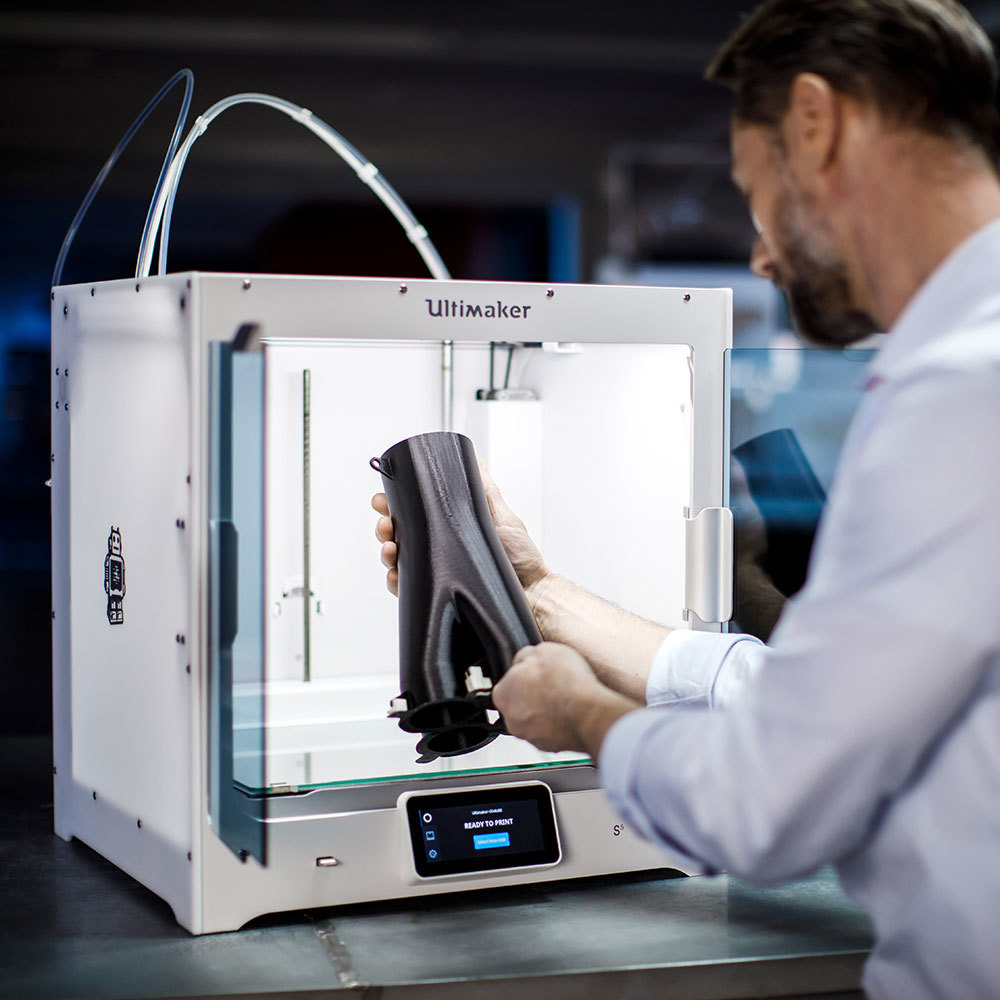
The S5 is a reliable printer that can repeatably make FDM parts with a lot of accuracy. $6000 is a lot of change when compared to a lot of other printers out there. If you want ease of use and are using this as a central printer for your office or just want the least total headaches, then the S5 is a great tool. I’m still in love with the print cores feature of these machines and their overall simplicity for me as a user. Last year’s guide is here.
Subscribe to Our Email Newsletter
Stay up-to-date on all the latest news from the 3D printing industry and receive information and offers from third party vendors.
Print Services
Upload your 3D Models and get them printed quickly and efficiently.
You May Also Like
Johns Hopkins University Researchers Develop HyFAM Technology
Two scientists from Johns Hopkins University, Nathan C. Brown and Jochen Mueller, have developed a hybrid manufacturing technology they call HyFam, or Hybrid Formative Additive Manufacturing. Their work on this technology...
3D Printing G-Code Gets an Upgrade: T-Code
Good old G-Code still manages many 3D printers, great and small. Just like the STL, it’s a standard that enables collaboration while also holding the additive manufacturing (AM) industry back....
AM Rewind: The Biggest News and Trends of 2024
After a sluggish 2023, driven by persistent inflation and geopolitical tensions, 2024 has seen some recovery. Economic growth climbed from about 2.8 percent in 2023 to a modest 3.2 percent...
Metal Wire 3D Printer OEM ValCUN Announces Plans for 2025 Expansion
ValCUN, a Belgian original equipment manufacturer (OEM) of wire-based metal additive manufacturing (AM) hardware, has announced that the company has entered the next phase of its growth trajectory, making key...

































